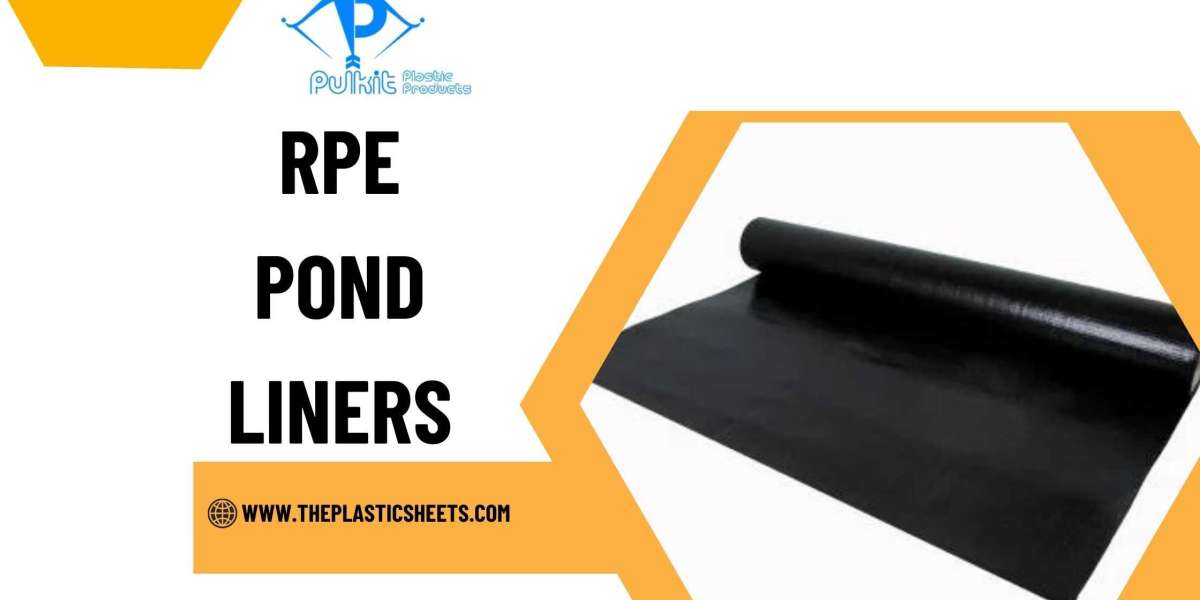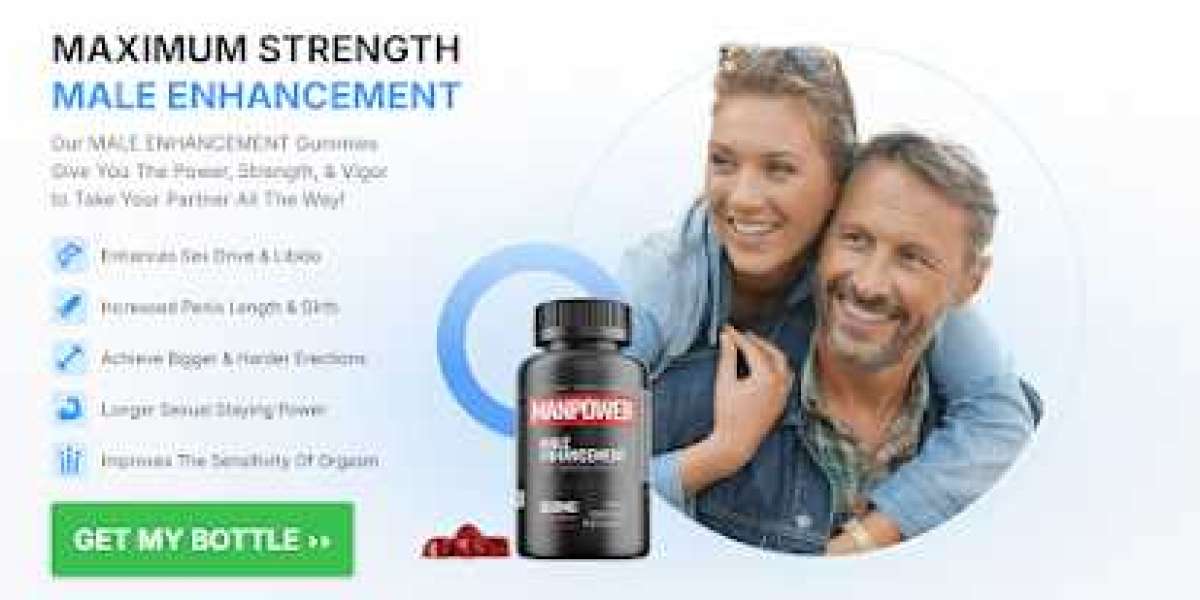Investing in a pond can be a rewarding endeavor, whether for aesthetic purposes, aquaculture, or recreational activities. However, to protect that investment, it is crucial to use high-quality materials that ensure durability and functionality. One such material is Reinforced Polyethylene (RPE) pond liners.
This article explores the benefits of RPE pond liners, their applications, and why they are essential for safeguarding your pond investmentBased in India Pulkit Plastic Products specializes in high-quality RPE pond liners tailored for diverse applications. Their products are designed to meet international standards while ensuring affordability.
Understanding RPE Pond Liners
RPE pond liners are made from reinforced polyethylene, a robust material known for its exceptional durability and resistance to punctures and tears. The reinforcement provides added strength compared to standard polyethylene liners, making RPE an ideal choice for various pond applications. These liners are lightweight, flexible, and easy to install, which simplifies the process of creating or maintaining a pond.
Key Benefits of RPE Pond Liners
- Superior Durability: RPE pond liners are designed to withstand harsh environmental conditions, including UV exposure, extreme temperatures, and chemical degradation. This durability ensures that your pond remains intact and functional for years.
- Puncture and Tear Resistance: One of the standout features of RPE liners is their high puncture and tear resistance. This quality is particularly important in areas where sharp rocks or debris may be present in the soil.
- Lightweight and Flexible: Compared to other liner materials like EPDM or HDPE, RPE liners are significantly lighter, making them easier to handle during installation. Their flexibility allows them to conform to the shape of any pond design.
- Chemical Resistance: RPE liners exhibit excellent resistance to a wide range of chemicals, including fertilizers and hydrocarbons. This property is crucial for maintaining water quality in ponds used for aquaculture or irrigation.
- Cost-Effectiveness: Although RPE Pond Liner Roll may have a higher upfront cost than some alternatives, their longevity and reduced maintenance needs make them a cost-effective solution in the long run.
- Eco-Friendly Options: Many manufacturers produce RPE liners using virgin resins that do not leach harmful chemicals into the water, making them safe for fish and plant life.
Applications of RPE Pond Liners
RPE pond liners are versatile and can be used in various applications:
- Fish Ponds: Ideal for aquaculture operations where maintaining water quality is essential.
- Koi Ponds: Provides a safe environment for koi fish by preventing harmful substances from leaching into the water.
- Recreational Ponds: Suitable for decorative ponds in gardens or parks where aesthetics are important.
- Irrigation Ponds: Helps in storing water for agricultural purposes while minimizing evaporation losses.
- Stormwater Management: Used in retention basins to manage runoff effectively.
Leading RPE Pond Liner Manufacturers
When choosing an RPE pond liner, it’s essential to select products from reputable RPE Pond Liner Manufacturers. Here are some notable names in the industry:
- Western Environmental Liner: A leading manufacturer based in North America, they provide top-notch RPE liners known for their durability and performance across various environmental conditions.
- Ocean Geosynthetics: Known for their premium quality pond liners in India, they offer customized solutions that cater to specific project requirements.
Conclusion
Protecting your investment in a pond requires careful consideration of materials used during construction or maintenance. RPE pond liners, with their superior durability, puncture resistance, and eco-friendly properties, offer an excellent solution for ensuring your pond remains functional and aesthetically pleasing over time. By choosing high-quality products from reputable RPE Pond Liner Canada Company like Pulkit Plastic Products or Western Environmental Liner, you can safeguard your investment against environmental challenges while enjoying the beauty and benefits of your aquatic oasis.Incorporating RPE pond liners into your project not only enhances the longevity of your investment but also contributes positively to the ecosystem surrounding your pond. Whether you are building a new fishpond or maintaining an existing one, investing in high-quality RPE lining will pay off in peace of mind and reduced maintenance costs over time.
Frequently Asked Questions (FAQs)
1. What is an RPE pond liner?
RPE pond liners are made from reinforced polyethylene material designed to provide superior durability and protection for ponds against punctures and tears.
2. How do I install an RPE pond liner?
Installation involves preparing the pond site by clearing sharp objects from the soil surface, laying down the liner, and securing it properly around the edges. It is recommended to consult manufacturer guidelines or hire professionals for large installations.
3. Are RPE pond liners safe for fish?
Yes, high-quality RPE pond liners are safe for fish and plant life as they do not leach harmful chemicals into the water.
4. How long do RPE pond liners last?
With proper installation and maintenance, RPE pond liners can last anywhere from 10 to 20 years or more depending on environmental conditions.
5. Where can I buy RPE pond liners?
RPE pond liners can be purchased from various manufacturers and suppliers both online and through local distributors specializing in landscaping or agricultural supplies.
6. What sizes do RPE pond liners come in?
RPE pond liners are available in various sizes and thicknesses depending on manufacturer specifications. Custom sizes can often be ordered to fit specific project needs.














